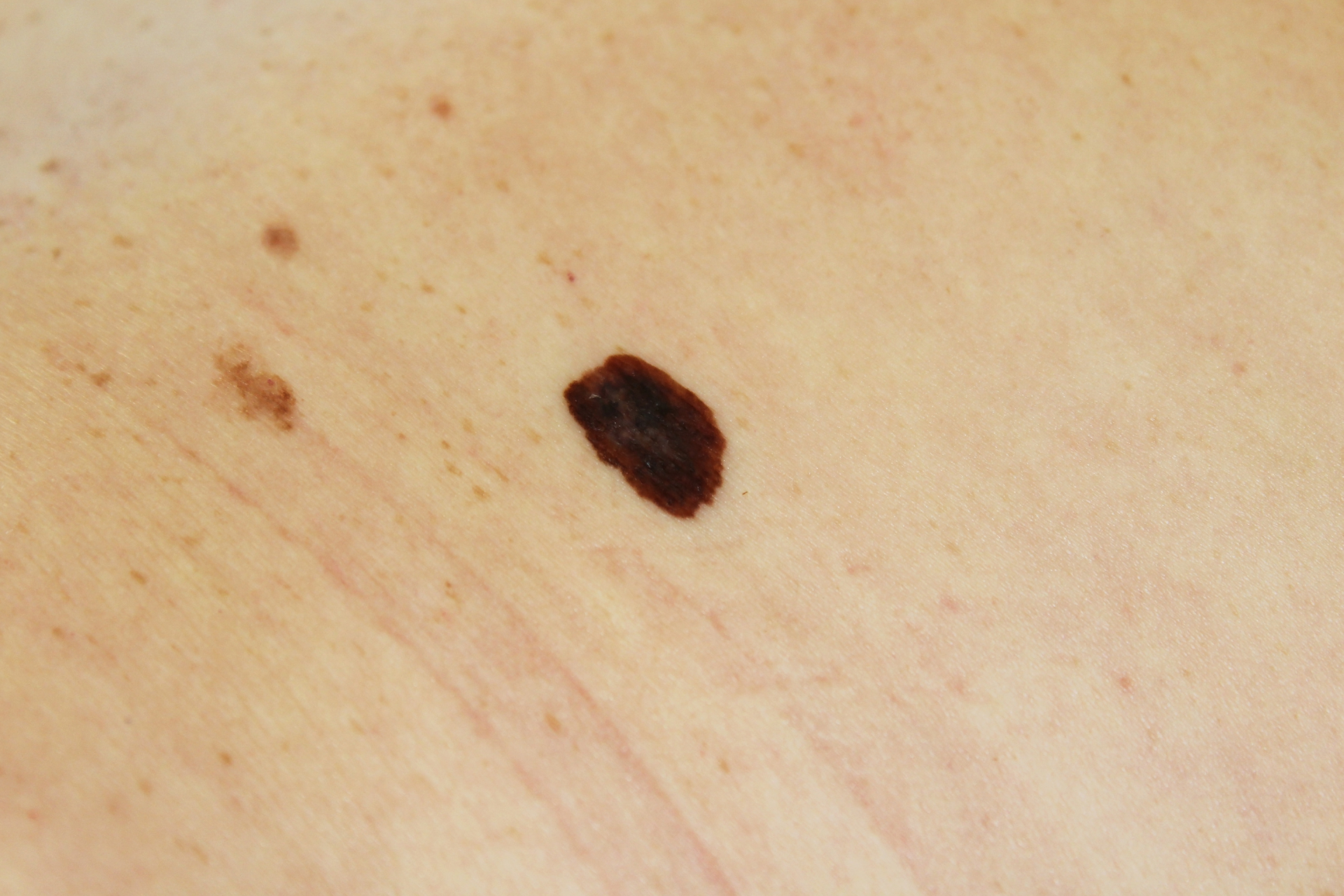Understanding the ABCDEs of Melanoma: A Guide to Spotting Skin Cancer

Skin cancer, particularly melanoma, is a serious condition that affects millions of people around the world each year. In fact, melanoma is one of the most common forms of skin cancer, but when caught early, it is highly treatable. At Fall Creek Skin and Health Clinic, we understand the importance of early detection and prevention when it comes to skin cancer. That's why we're here to provide you with a comprehensive guide to understanding the ABCDEs of melanoma and how to spot the warning signs early on.
What is Melanoma?
Melanoma is a type of skin cancer that develops in the melanocytes, which are the cells that produce melanin, the pigment responsible for skin color. Melanoma can occur anywhere on the body, but it is most commonly found on areas that are frequently exposed to the sun, such as the face, neck, arms, and legs. While melanoma can develop in people of all skin tones, individuals with fair skin, a history of sunburns, or a family history of melanoma are at a higher risk.
The ABCDEs of Melanoma
When it comes to spotting melanoma early, it's essential to familiarize yourself with the ABCDEs of melanoma. These five key factors can help you identify suspicious moles or spots on your skin that may warrant further evaluation by a dermatologist.
A - Asymmetry
One half of the mole does not match the other half in size, shape, or color.
B - Border
The edges of the mole are irregular, blurred, or poorly defined.
C - Color
The mole contains multiple colors or shades, such as brown, black, red, blue, or white.
D - Diameter
The mole is larger than the size of a pencil eraser (6mm in diameter) or has shown growth in size.
E - Evolution
The mole has changed in size, shape, color, or texture over time, or it looks different from other moles on your body.
Tips for Spotting Skin Cancer
In addition to the ABCDEs of melanoma, there are several other signs and symptoms of skin cancer that you should be aware of. These include:
- A new mole or spot that is different from the rest
- Itching, bleeding, or pain in a mole or spot
- A sore that does not heal
- A mole that looks shiny, scaly, or waxy
It's essential to perform regular skin self-examinations to monitor any changes in your skin and to seek medical attention if you notice any of these warning signs. Remember, early detection is key to successful treatment and recovery from skin cancer.
Prevention and Protection
While early detection is critical, prevention is equally important in reducing your risk of developing skin cancer. Here are some simple tips to help protect your skin from sun damage:
- Apply sunscreen with an SPF of 30 or higher daily, even on cloudy days.
- Seek shade during peak sun hours (10 a.m. to 4 p.m.).
- Wear protective clothing, including hats, sunglasses, and long sleeves.
- Avoid tanning beds and prolonged sun exposure.
- Schedule regular skin checks with a dermatologist.
Conclusion
Understanding the ABCDEs of melanoma is an essential tool in detecting skin cancer early and seeking prompt treatment. At Fall Creek Skin and Health Clinic, we are committed to helping our patients stay informed about their skin health and providing comprehensive care for all skin-related concerns. If you have any questions or suspect you may have a suspicious mole, don't hesitate to contact us for an evaluation. Your skin health is our priority. Stay vigilant, stay protected, and remember that early detection saves lives.




